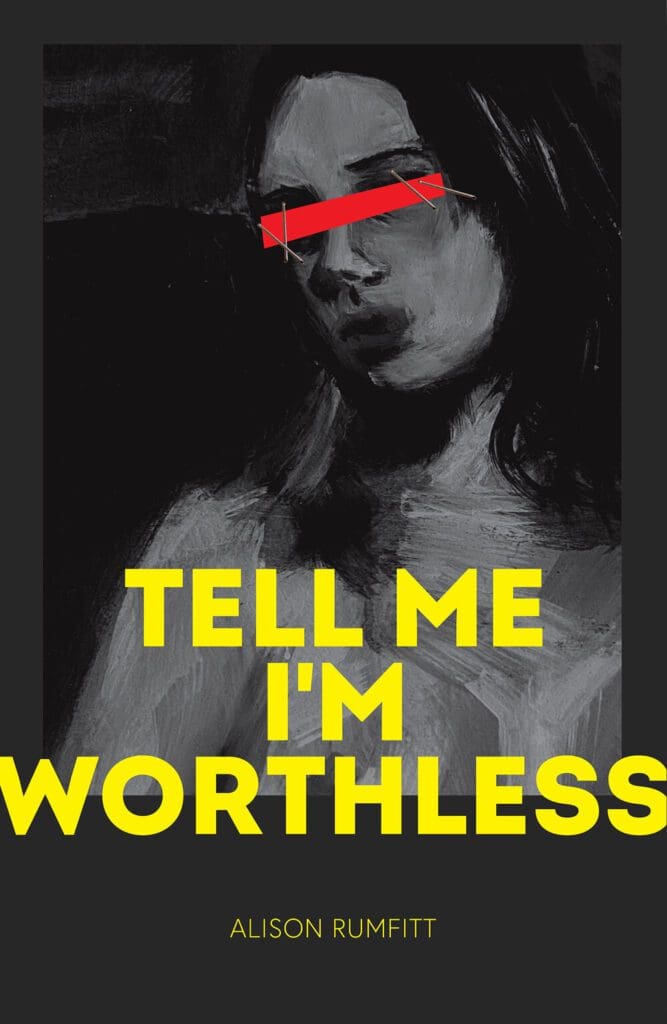Powerful and disturbing in equal measure, Alison Rumfitt’s first novel, Tell Me I’m Worthless (260 pages; Cipher Press), uses a story about a haunted house (known as the House) to investigate the rise of fascist movements in current-day Britain and the trauma they inflict. The novel, which was published in the U.K. last October but is available to order online, examines the “gender-critical feminist” transphobic hate movement in Britain, the ways in which young people are recruited to fascist movements, and the deep-seated hypocrisy of many who consider themselves progressive—all while spinning a chilling horror tale.
Alice and Ila were the best of friends in grad school, but they haven’t seen each other in three years, not since the night they broke into the House with their friend Hannah. Alice and Ila escaped the House, but Hannah didn’t escape at all. Both of their lives have since hit rock bottom, with Alice self-medicating through drugs and alcohol and Ila joining the gender-critical feminist movement only to have her supposed allies turn on her. Now, Ila reaches out to Alice, claiming that they need to return to the House to find Hannah and gain closure. Together, Alice and Ila venture back into the House’s hateful walls to face what really happened that night—hopefully before the House takes them, too.
Alice is a white trans woman, and Ila is a half-Jewish, half-Pakistani cis lesbian; the novel explores these aspects of the characters’ identities and how they shape their life experiences and their ideologies. Alice does online sex work, creating videos that cater to men who see trans women as a fetish; she is willing to perpetuate racist stereotypes in her work (by fetishizing Black men’s genitals) if it means getting paid. Ila is a prominent voice among gender-critical feminists and allows the movement to use her as their token woman of color, so long as they help her advance her anti-trans agenda. In showing us the lives of these two characters, Rumfitt demonstrates how authoritarianism encourages people who come from oppressed groups to turn on each other in an attempt to assimilate and survive. The nuanced and thoughtful portrayals of Alice and Ila enable the reader to understand why they behave the way they do, while making it clear that their behavior is not just wrong but futile.
“No live organism can continue to exist compassionately under conditions of absolute fascism,” Alice narrates early on. This idea looms over the rest of the novel. When Alice and Ila act cruelly toward others and toward themselves, it is because they feel like they have no other choice, living in a nation that has, at heart, not reckoned with its fascist tendencies. The House makes this literal: it is a place that exudes hatred for anyone who is not white and heteronormative, and influences these people to succumb to their prejudices and turn on each other. In destroying each other, they further strengthen the House. The symbolism is admittedly not subtle, but that doesn’t make it any less powerful. Rumfitt’s prose creates an escalating sense of dread, reminding the reader that as political as the story is, it is still very much a horror story (and a good one).
Tell Me I’m Worthless is bleak, but the ending proves cathartic and even hopeful, reminding us that resistance to fascism is always possible.

